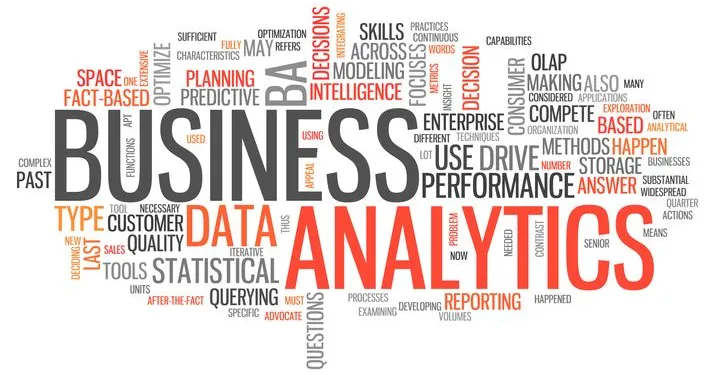HR Revolution: How Business Analytics is Transforming Your Workforce

Imagine a world where HR decisions are no longer gut feelings, but data-driven strategies. Welcome to the age of Business Analytics (BA) in HR, where people analytics are revolutionizing how we manage our most valuable asset: our employees.
From Intuition to Insights
Traditionally, HR relied on experience and intuition when making decisions about hiring, training, and development. But BA in HR flips the script. By harnessing the power of data, HR professionals can now:
- Predict high performers: Identify the characteristics and behaviours of top performers, allowing for targeted recruitment and development strategies.
- Reduce employee turnover: Analyse data to understand why employees leave and develop programs to improve retention.
- Boost training effectiveness: Measure the impact of training programs to ensure they’re actually improving skills and performance.
- Uncover hidden biases: Identify and address unconscious bias in recruitment and promotion processes, creating a fairer and more diverse workforce.
Data-driven Decisions, Real-world Benefits
The impact of BA in HR goes beyond just metrics. Here are some real-world benefits organizations are experiencing:
- Increased productivity: By focusing resources on development programs that truly work, organizations are seeing a significant boost in employee performance.
- Improved morale: Data-driven decisions based on employee needs and preferences lead to a happier and more engaged workforce.
- Cost savings: By identifying and addressing the root causes of turnover, organizations are saving money on recruitment and onboarding.
The Future of HR is Human-Centric
While data plays a crucial role, BA in HR is not about replacing the human touch. Instead, it empowers HR professionals to make more informed decisions that benefit both the organization and its employees.
Ready to embrace the HR revolution?
Here are some initial steps:
- Identify data sources: Start by exploring existing data sets like performance reviews, employee surveys, and applicant tracking systems.
- Invest in analytics tools: User-friendly tools can help you visualize and analyze HR data without needing a specialist.
- Build your data literacy: Basic data analysis skills will be key to interpreting your findings and turning them into actionable insights.
Business Analytics in HR is more than just a trend; it’s the future. By harnessing the power of data, HR can become a true strategic partner, driving organizational success through a happier, more productive, and data-driven workforce.






Responses